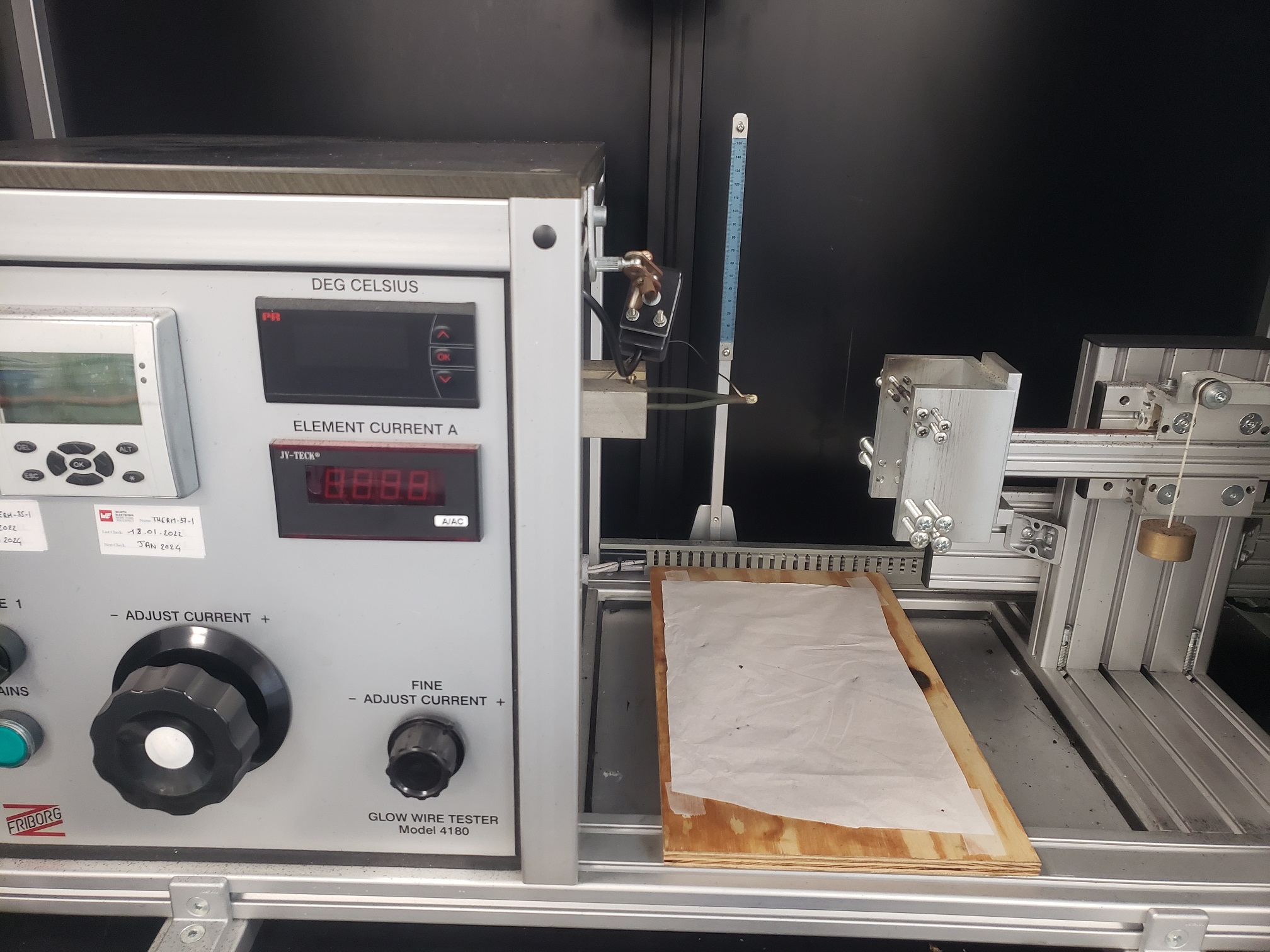 Door: Elipse
Door: Elipse When the average consumer thinks of intelligent transportation, they might envision self-driving vehicles dodging obstacles and choosing efficient traffic routes. While that certainly is part of intelligent transportation, there are other critical systems and modules involved that are just as vital but far less recognized. One of the most important systems within automotive applications involves intelligent power management found in HEV (hybrid electric vehicles) and EV (electric vehicles).
According to Bloomberg, 57% of all passenger vehicle sales will be electric by 2040 — making the development and implementation of efficient, compact, reliable power management systems extremely important. In short, power supply solutions are critical for the future of the HEV/EV industry.
As the number of electric vehicles (EVs) increases, there is a growing need to create more energy-efficient charging infrastructure systems worldwide that can charge vehicles faster than before. New electric vehicles have higher ranges and larger battery capacities than their predecessors, necessitating the development of more fast charging solutions to support their quick charging requirements.
Charging stations can be divided into DC (direct current) and AC (alternating current) charging stations, in which DC charging stations have a bigger volume and faster charging speed, while AC charging stations are smaller with two options of slow charging and fast charging.
Elipse provides solutions for EV charging stations
Elipse has over 35 years of experience in the power supply industry and is already focusing more than 15 years on this evolving EV market. As we started right off, together with the major manufacturers of charging stations, we were able to understand the technical challenges which allowed us to offer power supply solutions adapted to their needs. We understood the importance and potential of this new market right from the beginning and we keep following the EV market trends. The result is that we now have a broad range of power supply solutions, especially built for EV purposes.
Our line of products includes AC/DC converters and battery chargers, DC/DC converters and DC/AC inverters.
When designing the power supply for EV charging stations, you are faced with multiple challenges and requirements:
- High ability to resist voltage fluctuations and surges
- High ability to resist operating temperature changes
- Outdoor weather and environment conditions
- Other specific requirements based on the type of selected charging station power supply (either AC charging stations or DC charging stations)
- Compact dimensions: as chargers become more and more compact, we see the need for miniaturised electronic power supplies as well
At Elipse, we are dedicated to help engineers improve cost and performance of their charging stations. If you are looking for efficient, compact and economical power supply solutions, then we are the right supplier for you.
Power supplies for AC Charging
AC charging is the simplest and most common charging method today.
EV chargers are classified by levels, and the levels describe how quickly a charger will recharge an EV’s battery. The higher the charger output, the faster the EV battery will recharge. Let’s look at the difference between level 1 and level 2 and their main applications.
Level 1 charging
L1 is the slowest level of charging. They are plugged directly into a standard 120 VAC outlet that supplies 1.3 kW to 2.4 kW average power output, equivalent to 5-8 km of EV range per hour, and conforms to the provisions and requirements of the SAE J1772 Standard.
Level 2 charging
The most common types of AC chargers in Europe are L2 chargers that operate at 208-240 VAC and deliver about 3 kW to 19 kW of AC output power, as defined by the SAE J1772 Standard. This means 30-45 km of range per hour. However, an average EV can be fully charged within 8 hours or less. These chargers have been deployed to various countries and can be found in many public locations, including grocery stores, hotels, malls, and parking garages.
L2 chargers are also popular at workspaces, and employees can leave their EVs charging for long durations. The price for charging at L2 stations varies greatly; however, some providers offer free charging. Many EV drivers choose to buy an L2 charger for home use as it allows them to charge their EV overnight. Charging an EV at home requires the infrastructure for residential L2 ports.
We have a line of products engineered to address the latest challenges in the EV charging technology.
Most of the time we see great demand for compact PCB-mount AC/DC power modules, to feed the controller inside the charging stations. Typical power needs go from 5W up to 60W, mostly with 12 VDC or 24 VDC output, but other output voltages are equally available. Below some very popular choices:
| Power | Output Voltage | Open-Frame PCB Mount | Encapsulated PCB Mount |
|---|---|---|---|
| 5W | 12 VDC | LS05-13B12R3 | LD05-23B12R2 |
| 5W | 24 VDC | LS05-13B24R3 | LD05-23B24R2 |
| 10W | 12 VDC | LS10-13B12R3 | LD10-23B12R2 |
| 10W | 24 VDC | LS10-13B24R3 | LD10-23B24R2 |
| 15W | 12 VDC | LS15-13B12SS | LD15-23B12R2 |
| 15W | 24 VDC | LS15-13B24SS | LD15-23B24R2 |
| 20W | 12 VDC | LD20-23B12R2 | |
| 20W | 24 VDC | LD20-23B24R2 |
Our AC/DC power modules comply to all the new norms, including IEC62368, EN60335 for Household appliances and the EN61558.
Next to that we also see lots of DC/DC converters on the PCB, isolated or non-isolated, with mono or dual outputs, regulated or unregulated. Packages are available in SIP, DIP, SMD or DFN. Typical output voltages go from 3.3 VDC, 5 VDC, 12 VDC up to 48 VDC. Choices are endless, some ideas below:
| Power | Output Voltage | Isolation | Encapsulated PCB Mount |
|---|---|---|---|
| 1W | 5 VDC | 3000 VDC | F1205S-1WR3 |
| 1W | +/- 12 VDC | 1500 VDC | A1212S-1WR3 |
| 2W | +/- 12 VDC | 3000 VDC | E1212S-2WR2 |
If it comes to unisolated switching regulators, we see a trend for miniaturisation. Some very popular types are the ultra-compact K78’s, with wide input range and output current up to 3000 mA. For instance K7803MT-500R4, K7805MT-500R4, K7803MT-1000R4, K7805MT-1000R4 are used in huge quantities inside AC charging stations.
Also widely used inside charging stations are our CAN tranceivers, RS-485 transceivers and Serial Port to Ethernet tranceivers, combining power and communication in 1 module. These have become as compact as a simple chip on the PCB! Some ideas amongst dozens of possibilities below.
CAN: TDA51SCANHC, TD521SCAN, …
RS-485: TDA51S485HC, TD(H)541S485H, TD521S485H-E
In charging stations with higher power levels or multiple output sockets we equally see the use of DIN-Rail power supplies, Open-Frame power supplies or Closed-Frame power supplies. Again, the choices at Elipse are endless.
For example, the MORNSUN LM150-23xx is a series of 150W enclosed switching power supplies with ultra-wide 85-305VAC input. With a 4000VAC high isolation voltage, this product line is designed to meet your power supply needs in EV charging applications, especially for powering the MCU of charging systems.
The MORNSUN LM150-12M1224 is another example of an enclosed switching power supply series for DC charging stations. This product collection is designed to withstand 300VAC surge input for 5 seconds with an operating temperature range of -30°C to +70°C. It features a 3000VA high isolation voltage with multiple protections, including output short circuit, over-current, and over-voltage protection. This product series is IEC/EN/UL62368 safety approved and features an output voltage that can be switched between 12V and 24V.
Power supplies for DC Charging and V2G Charging
As countries and governments are switching from fossil fuels to renewable energies we see greater demands for home batteries in general and battery powered cars that can help to balance and support the electricity grid. At the moment DC chargers already exist. They are more expensive than AC chargers but they permit to charge the EV battery much faster than an AC charger.
At this moment there are 2 main DC charging protocols: CCS Combo and CHAdeMO.
The next step is a standardised solution where the on-board DC-charger is no longer in the car, but integrated in the charger itself. This saves extra power electronics in the car. If we now make this AC/DC charger bi-directional, then we have conceived a bi-directional converter, or a Vehicle To Grid “V2G Charger”. This means an AC/DC charger to charge the EV batteries and a DC/AC inverter that can use the EV batteries as a power source to feed the AC grid.
In that way you can charge the car overnight when the peak demand on the electricity net is usually low. During the day, or during peak demand, you could use the cars’ battery through the V2G charger as a power source for the AC grid, just like a home battery.
Future homes could be an integration of solar panels, home batteries, a V2G charger and the EV electric car. During peak demands the home battery and the EV batteries can be used to feed the AC grid. During the day the solar panels can further charge the home battery. In this way you make optimal use of available power backups to ultimatelly save on electricity costs.
In this light the CHAdeMO Association was formed. This is a fast charging method for electric vehicles delivering up to 62.5 kW @ 500 VDC, 125A direct current via a special electrical connector. A revised CHAdeMO 2.0 specification allows up to 400 kW @ 1000 VDC, 400A direct current.
CHAdeMO was proposed in 2010 as a global industry standard by an association of the same name formed by Tokyo Electric Power Company (TEPCO), Nissan, Mitsubishi, Fuji Heavy Industries (now Subaru Corporation) and Toyota. It included in the IEC61851-23, -24 (charging system and communication) and the IEC 62196 standard as configuration AA. Competing standards include the Combined Charging System (CCS)—used by most German and US automakers and the Tesla Supercharger, although Tesla provided an adapter to allow charging using a CHAdeMO charger.
CHAdeMO published its protocol for vehicle-to-grid integration in 2014 and as of January 2022, CHAdeMO remains the only standardised charging protocol that defines V2G/V2X and has mass-produced cars and chargers readily capable of it. V2X technology enables EV owners to use the car as an energy storage, which saves costs by optimising energy usage and providing services to the Grid.
At Elipse we can help you design your dedicated V2G charger or DC charger. The typical voltages we see are approx. 400 VDC and 800 VDC with power levels ranging from 10kW to 30kW.



